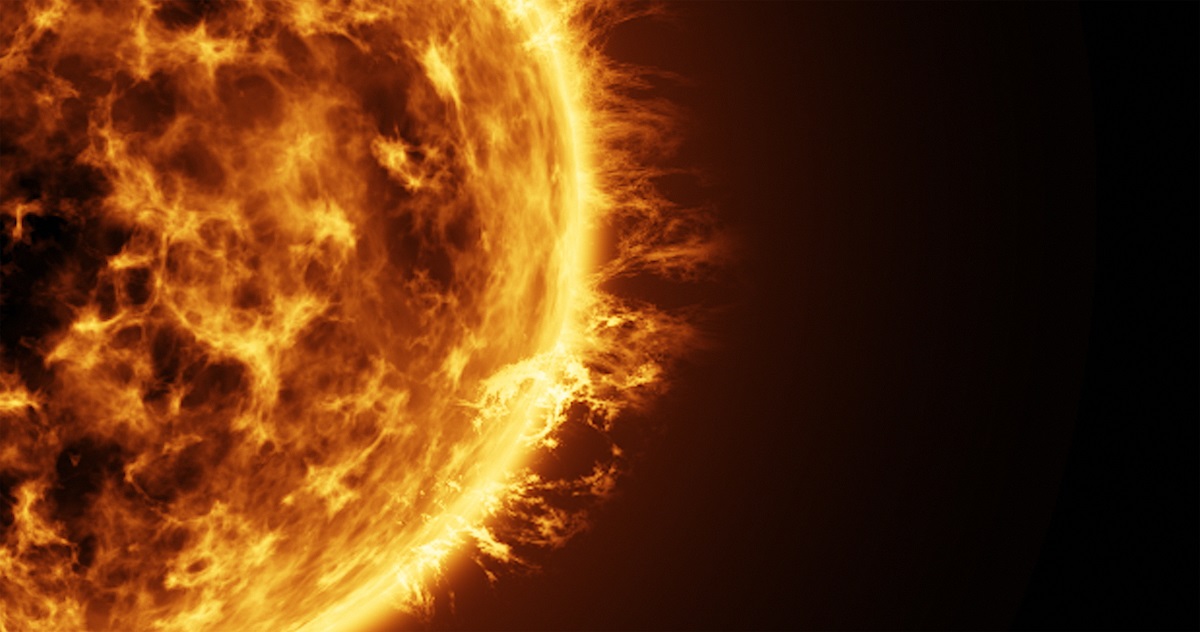Star Away
Billions of years ago, our Solar System may have had an incredibly close encounter with another passing star.
As detailed in a pair of new studies published in the journal Nature Astronomy and The Astrophysical Journal Letters, the stellar flyby could explain the puzzling orbits of certain objects in our Solar System, like tiny celestial bodies lingering at its outer limits, and even some of our planetary neighbors’ oddball moons.
The encounter would have been close beyond belief. Based on the findings, the wayward star came within 110 astronomical units of the Sun (AU), or 110 times the distance between the Sun and the Earth.
To put things into perspective, that brings the stellar visitor closer to the Earth than the current distance of the interstellar-bound Voyager 1 probe, which has managed to travel 164 AU away from our planet since it launched in 1971.
Come Together
Considering that the closest known star today, Proxima Centauri, is still over four light years away, that’s a pretty dramatic near-miss — and it would take such a disruption, the researchers argue, to account for the chaotic orbits abided by celestial bodies in an overlooked part of our Solar System, beyond the reach of the outermost planet Neptune.
“Many of these so-called trans-Neptunian objects move on eccentric orbits that are inclined relative to the common orbital plane of the planets in the Solar System,” said lead author of the studies Susanne Pfalzner, an astrophysicist at Forschungszentrum Jülich in Germany, in a statement about the work.
Simply put, the orbits of these objects have an inexplicable tilt. To test if an interstellar intruder’s gravity could’ve been the cause, the researchers conducted over 3,000 computer simulations.
The results matched up with their hypothesis — and more. Not only could it explain two of the most bizarre trans-Neptunian objects that have retrograde orbits — meaning they orbit in the opposite direction of all the planets in the Solar System — but it could tie in the extremely distant dwarf planet Sedna, which at its farthest is a boggling 937 AU from the Sun.
“The best match for today’s outer Solar System that we found with our simulations is a star that was slightly lighter than our sun — about 0.8 solar masses,” said co-author of the studies Amith Govind, who is also a FZJ astrophysicist, in the statement. It would have come within “a little less than four times the distance of the outermost planet Neptune.”
Odd Moons Out
Conveniently, the encounter could also explain some of our Solar System’s irregular moons, including Saturn’s moon Phoebe, whose orbit is retrograde and unusually distant. Neighboring gas and ice giants Jupiter and Neptune are replete with such moons, too.
According to this hypothesis, the irregular moons could have once been trans-Neptunian objects, nudged into the interior by the passing star.
“Some of these objects could have been captured by the giant planets as moons,” said Simon Portegies Zwart, co-author of the Nature Astronomy study, in the statement. “This would explain why the outer planets of our Solar System have two different types of moons.”
All told, this could mark a stunning episode in our Solar System’s history that has previously gone overlooked — if it proves to be true, that is.
More on orbital oddities: Earth Gaining a Temporary New Moon, Scientists Say
